Good camera, great weather, wonderful subjects, but ... sigh .... lousy camera man.



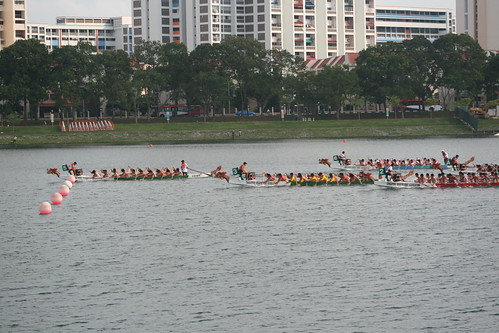

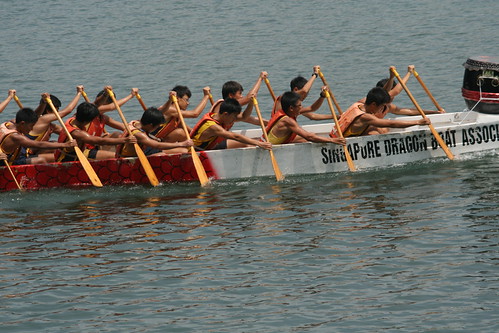
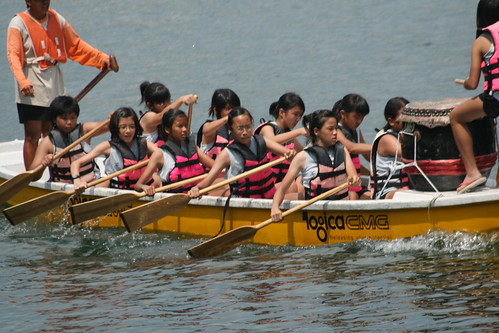

"Good morning yesterday. You wake up, and time has slipped away. And suddenly it's hard to find, the memories you left behind. Remember. Do you remember?" - Paul Anka, Times of Your Life
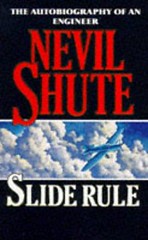
Now, I have a question for the young people (below 30). Do you know what is a slide rule?
If you have never heard of a slide rule, do not feel embarrassed. I once put this question to my nephew, a polytechnic graduate, and he too did not know what it was. To my surprise, so did a few other young people I put the same question to.
Here’s another question. You must watched documentaries of the 2nd World War and seen some of those amazing fighting machines like air craft carriers, submarines or even Hitler’s inter-continental ballistic missile, the V2. In fact, at the time of the Korean War, in the fifties, when the jet fighter started to be used, or during the early part of the space race in the 60’s, the electronic calculator had not arrived yet. To design, produce and operate these engineering marvels must have required an immense amount of mathematical calculations and data crunching. How on earth were they able to do it when they did not even have a simple electronic calculator? Has this question ever occurred to you?
The answer is the slide rule and its cousin the log book (which we learned to use in secondary school). According to my dictionary, the slide rule is “an old-fashioned instrument that looks like a ruler with a middle part that slides, used for calculating.”
Do you know that the ubiquitous calculator that even the vegetable seller in our wet markets use nowadays was not around until the 1970’s. I remember my university days in the early seventies. We had to use the slide rule for all our calculations. Although, the scientific calculator was available by then, we were not allowed to use them for our exams. The reason is that they were simply too expensive and very few students could afford one. For example, did you know that an HP scientific calculator cost more than $1,000! I had the chance to use one courtesy of my brother-in-law who worked as a refinery technologist.
(Well, actually at that time, he was courting my sister, and maybe wanted to impress me by lending me his precious HP scientific. I remember bringing it to class and getting my class mates all envious.)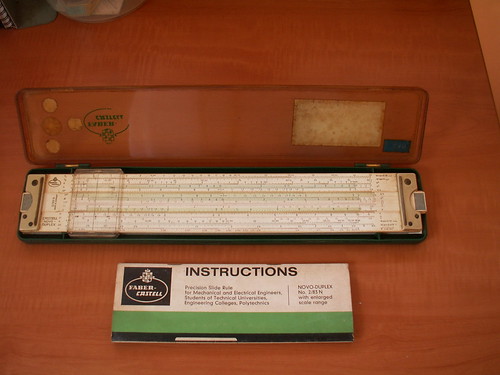
Although, I have been advising my readers to get rid of things they do not need (in my other blog ), I am really glad that I did not throw away my slide rule. In fact, it is still in very good condition complete with protective case and instructional manual. Mine was an expensive model from Faber Castell. It was made of 'Geroplast' and cost slightly more than $30. The cheaper ones were usually made of bamboo and imported from China.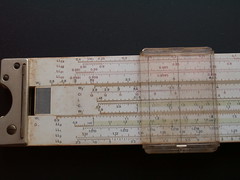
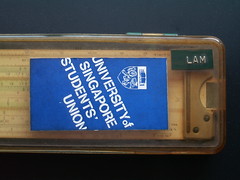
The slide rule is one of those human inventions that was seen as an essential tool one day and then became obsolete practically overnight with the arrival of the pocket calculator. Here’s an interesting snippet about the slide rule from Wikipedia:
“Throughout the 1950's and 1960's the slide rule was the symbol of the engineer's profession (in the same way that the stethoscope symbolized the medical profession). As an anecdote it can be mentioned that German rocket scientist Wernher von Braun brought two 1930s vintage Nestler slide rules with him when he moved to the U.S. after World War II to work on the American space program. Throughout his life he never used any other pocket calculating devices; slide rules obviously served him perfectly well for making quick estimates of rocket design parameters and other figures. Aluminum Pickett - brand slide rules were carried on five Apollo space missions, including to the moon, according to advertising on Pickett's N600 slide rule boxes.”
How to use the Slide Rule? Sorry to say that apart from simple multiplication and division, I have forgotten. And I am too lazy to read up the instruction manual just to explain it here. But if you are really interested, I have listed a few websites below which explain in detail how to use the slide rule.
Still, I hope you learned something new today.
Wikipedia Slide Rule Site
Eric’s Slide Rule Site
How a Slide Rule Works
Another great slide rule site

Footnote: The writer of this article is my brother Chun Chew, not me. I totally do not subscribe to our uncle's philosophy of aggressiveness and settling issues with the fist. - Lam Chun See

 We spent a great deal of time at the then RAF Changi Officers Club swimming pool (still there, but now I think the Junior Sailing Club) and would see naval ships cruising past Pulau Ubin on their way to the naval base at Sembawang. One day, it was early 1962 I think, we were particularly excited by the arrival of the aircraft carrier HMS Ark Royal, huge and impressive and very close to our beach.
We spent a great deal of time at the then RAF Changi Officers Club swimming pool (still there, but now I think the Junior Sailing Club) and would see naval ships cruising past Pulau Ubin on their way to the naval base at Sembawang. One day, it was early 1962 I think, we were particularly excited by the arrival of the aircraft carrier HMS Ark Royal, huge and impressive and very close to our beach.
 ** He forgot to mention that we had to shit into ponds or buckets, and bathe from well water or public taps. :)
** He forgot to mention that we had to shit into ponds or buckets, and bathe from well water or public taps. :)